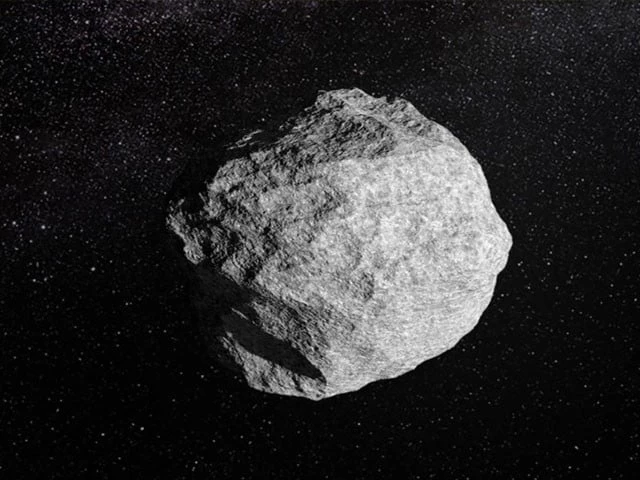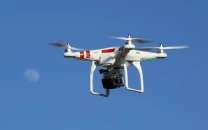Asteroid 2024 YR4 could hit Earth in 2032, scientists warn
The asteroid was first detected on 27 December by the ATLAS telescope in Chile, part of NEO detection programme

Astronomers are closely monitoring asteroid 2024 YR4, which has a small but notable chance of impacting Earth in 2032.
The recently discovered space rock has an estimated 2% chance of collision, but scientists emphasise that further observations could refine the trajectory and eliminate the risk. The asteroid, measuring between 40 and 90 metres (131 to 295 feet) in width, is comparable in size to a large building, according to Dr Paul Chodas, manager of NASA’s Center for Near-Earth Object Studies (CNEOS).
While significantly smaller than the 10-kilometre-wide asteroid that wiped out the dinosaurs 66 million years ago, 2024 YR4 could still cause regional devastation if it were to strike Earth.
Tracking the threat
The asteroid was first detected on 27 December by the ATLAS telescope in Chile, part of NASA’s near-Earth object (NEO) detection programme. Since then, astronomers have used multiple observatories, including those in Hawaii, Chile, and New Mexico, to study its path.
Telescopes estimate the asteroid’s size based on the sunlight it reflects, but the James Webb Space Telescope will soon provide a more accurate measurement by detecting its heat signature. Webb’s observations, set for early March and again in May, will help refine predictions of the asteroid’s orbit.
“Hawaiʻi’s telescopes are some of the most important tools for planetary defence,” said Doug Simons, director at the University of Hawaii’s Institute for Astronomy.
“Thanks to our prime location and advanced technology, we can spot, track, and study asteroids with incredible accuracy. That gives scientists the time they need to evaluate potential threats and figure out the best ways to respond.”
By April, 2024 YR4 will move beyond the range of ground-based telescopes. If astronomers cannot rule out the possibility of impact before then, the asteroid will remain on the risk list until its return in June 2028. However, scientists believe it will not pose a threat in that year.
Estimating potential impact
Understanding the asteroid’s exact size is crucial for assessing potential risks.
“If the asteroid turns out to be on the large end of its estimated size range, the impact could produce blast damage as far as 50 kilometres (31 miles) from the impact site,” said Chodas. “But that’s in the unlikely event that it might impact at all.
The potential for damage arises because of the incredibly high speed (about 17 kilometres per second, or 38,028 miles per hour) at which the asteroid would enter the atmosphere.”
Asteroids of this size impact Earth every few thousand years, according to the European Space Agency (ESA). The last significant event was the Tunguska explosion in 1908, when a 30-metre-wide asteroid flattened 2,150 square kilometres (830 square miles) of Siberian forest. In 2013, a 20-metre-wide asteroid exploded over Chelyabinsk, Russia, injuring over 1,000 people and causing extensive property damage.
“If the asteroid is found to have a diameter in the (50-metre) range, and if it can be confirmed that it is a rocky asteroid, the effects would be similar to those of the Tunguska impact,” the ESA stated. “If larger, the effects would extend to several tens of kilometres.”
Continued monitoring
Despite ongoing efforts, finding asteroids the size of 2024 YR4 remains a challenge. Scientists estimate that about 600,000 rocky objects of similar size exist, but only around 12,000—just 2%—have been detected.
“Tiny asteroids do hit the Earth all the time, disintegrating in the atmosphere as fireballs; fortunately, small ones cause little damage on the ground,” said Larry Denneau, an astronomer at the University of Hawaii’s Institute for Astronomy.
“Larger asteroids can cause much more damage, but they impact the Earth much less frequently. There are still many large ones out there that we haven’t found yet, which is why we are continuously monitoring the whole sky to ensure that we stay ahead of potential threats.”
Scientists remain hopeful that further observations will either refine 2024 YR4’s trajectory to confirm it poses no risk—or provide ample warning if future action is needed.

















COMMENTS
Comments are moderated and generally will be posted if they are on-topic and not abusive.
For more information, please see our Comments FAQ